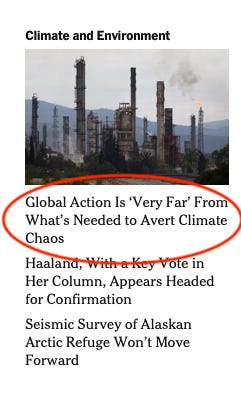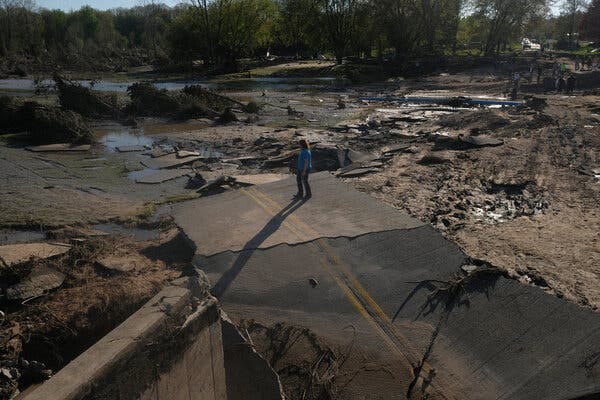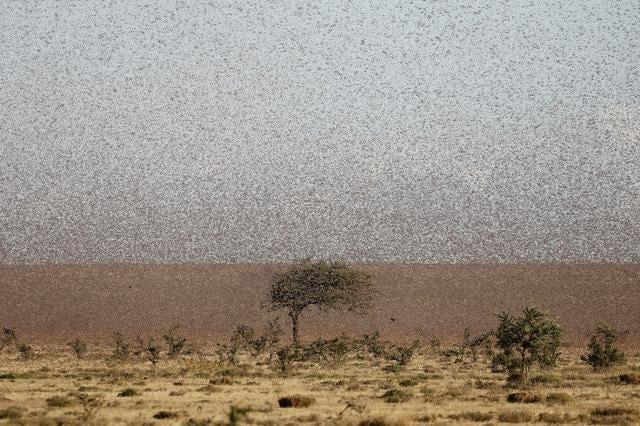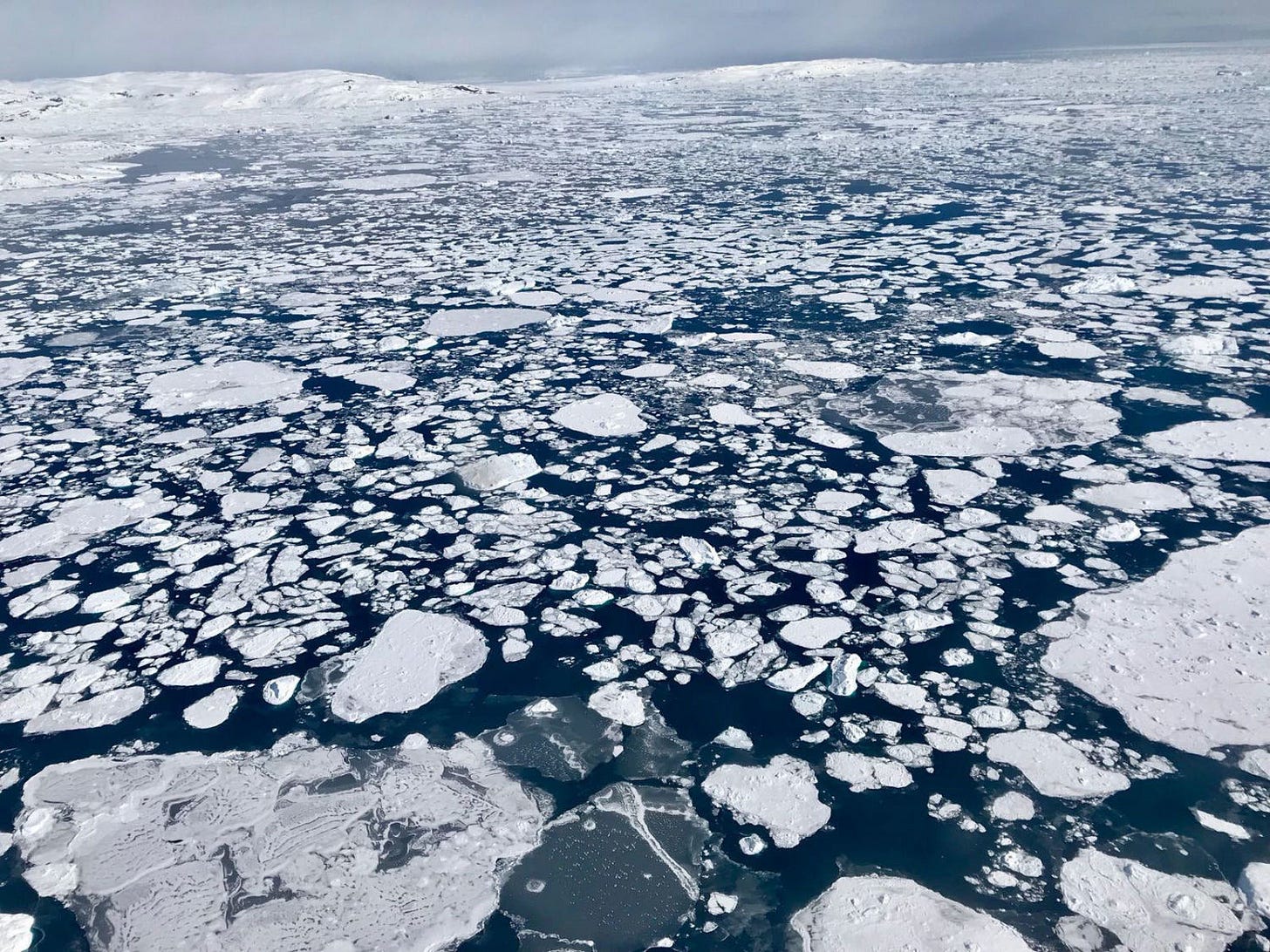CLIMATE COLLAPSE
We thought that the whole world would drown in this, he said. I was thinking that today is the end, that we would leave this world today.
March—
We have wanted to do a newsletter focused specifically on CLIMATE COLLAPSE for some time. Climate breakdown, climate chaos, climate collapse: these terms, as opposed to the milder climate change, help to emphasize the transformative and apocalyptic nature of the ecological crisis we are living.
Climate was the fundamental impetus in starting this newsletter. As Bruno Latour articulates well in the essay Europe Alone—Only Europe (2017), climate breakdown defines everything today, whether explicitly or not. Climate collapse is not some aberration that snuck up on us early in the 21st century; it is the essential, defining framework that has been structuring the world for decades, and—though Latour does not say this exactly—is the inevitable outcome of capitalism and industrial civilization.
We’ve included a climate section in all prior newsletters; we structure this newsletter’s contents slightly differently, with special focus on the sustained pressure, and evident acceleration, of climate breakdown.
United States
Here in the United States, we are a couple weeks out from a severe winter storm that devastated the southern US. (See the graphic above for the striking display of how typically Arctic temperatures dipped into the Continental US.)
The New York Times’ coverage of climate breakdown is pretty bad—the headline above was buried in the bottom-left corner of their homepage when I wrote this—but they ran an atypically nuanced piece on what the disaster in the South reveals about the complex, overlapping, and worsening reality of climate change and this nation’s infrastructure. It’s worth reading the whole article; here’s just one excerpt:
After a tsunami led to several meltdowns at Japan’s Fukushima Daiichi power plant in 2011, the U.S. Nuclear Regulatory Commission told the 60 or so working nuclear plants in the United States, many decades old, to evaluate their flood risk to account for climate change. Ninety percent showed at least one type of flood risk that exceeded what the plant was designed to handle.
This latest southern storm was consistent with an anomalous winter we’ve had here in the Northeast, one that has seen heavier snows than we’ve had in years.
In January, Will published a piece in The River Newsroom about the impact of climate change on farmers in the Hudson Valley:
As much as we can observe broader trends—warmer winters, heavier precipitation events, longer dry spells—these general contours don’t necessarily translate into a neat shift. “A lot of people assume that with a warming climate, that means we’ll be able to grow things that grow in warmer climates, and that’s not really true,” says Jay Armour, of Four Winds Farm, a primarily vegetable operation in Gardiner. Armour notes that this region’s frost-free dates have not really changed. “This year we had frost on the 12th or 13th of May, and our frost-free date is the 15th…If you tried to plant things that are going to get hit by the frost early, you would’ve been out of luck.”
Europe
We mentioned in our last newsletter an extreme and unusual snow in Madrid early this year. Winter has evidently been strange throughout the Continent, via the Day After Tomorrow-style story below:
The Atlantic Ocean circulation that underpins the Gulf Stream, the weather system that brings warm and mild weather to Europe, is at its weakest in more than a millennium, and climate breakdown is the probable cause, according to new data.
The hill of Lycabettus after rare heavy snowfall in Athens, Greece, this month. Angelos Tzortzinis/AFP/Getty
Further weakening of the Atlantic Meridional Overturning Circulation (AMOC) could result in more storms battering the UK, more intense winters and an increase in damaging heatwaves and droughts across Europe.
Scientists predict that the AMOC will weaken further if global heating continues, and could reduce by about 34% to 45% by the end of this century, which could bring us close to a “tipping point” at which the system could become irrevocably unstable. A weakened Gulf Stream would also raise sea levels on the Atlantic coast of the US, with potentially disastrous consequences.
Himalayas
The following is a video of the aftermath of a glacier bursting in the Himalayas—the third pole—as consequence of unseasonably warm temperatures:

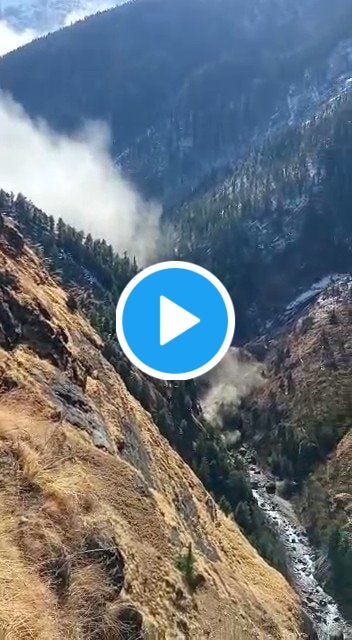
Ratan Singh Rana, 55, from the village of Raini near the Rishiganga project, said the water rushed down the mountain around 10:30 a.m.
“I was sitting on the floor of my house,” he said. “I saw black liquid flowing from the Nanda Devi mountainside — down with a lot of noise — as if a volcano had erupted.”
The Khumbu glacier sits between Mt. Everest and the Lhotse-Nuptse ridge. The glacier is receding and pools of water are now a common scene along the length of it. Heath Holden/Getty Images
[The] latest disaster also raised fears of what is to come. Scientists, who said the breaking of a glacier in the middle of the winter appeared to be a result of climate change, have warned that rising temperatures are melting the Himalayan glaciers at an alarming pace. The glaciers, which supply water to tens of millions of people, could be mostly gone by the end of the century, a recent study found.
East Africa
Although any “look how a start-up is solving this problem” article warrants skepticism, here is an interesting piece on how farmers in Kenya—dealing with a severe locust plague—are trapping and milling the insects into animal feed and fertilizer:
Unusual weather patterns exacerbated by climate change have created ideal conditions for surging locust numbers, which have destroyed crops and grazing grounds across East Africa and the Horn.
Scientists say warmer seas are creating more rain, waking dormant eggs, and cyclones that disperse the swarms are getting stronger and more frequent.
Elsewhere/Everywhere
Some additional recent climate stories of note:
Scientists have found that permafrost buried beneath the Arctic Ocean holds 60 billion tons of methane and 560 billion tons of organic carbon — making it a major source of greenhouse gases not currently included in climate projections that could have a significant impact on climate change in the longer-term.

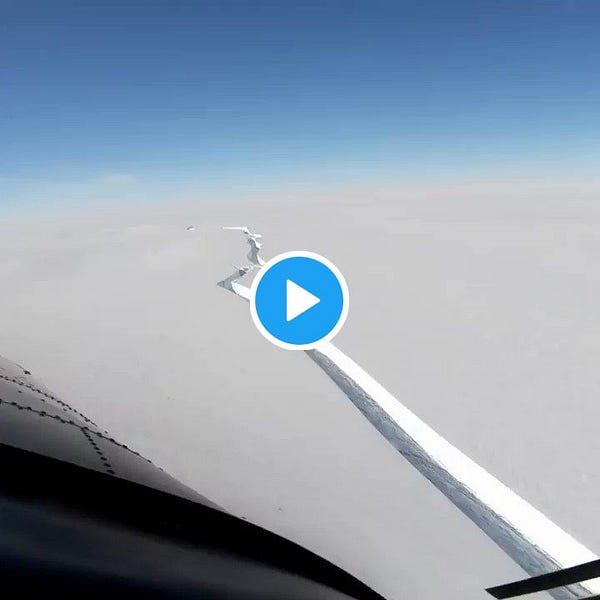
And an interview with Kathleen Dean Moore on disappearing natural music and sounds due to the extinction crisis (visit the link for audio):
“Unless the world acts to stop extinctions, I will write my last nature essay on a planet that is less than half as song-graced and life-drenched as the one where I began to write,” she explains in the book’s preface. “My grandchildren will tear out half the pages in their field guides. They won’t need them.”
Her book uses sound as a reference point to better understand what we stand to lose as extinction rates climb higher. But the essays are also a celebration of the natural world’s chorus and the joy of learning to hear what’s still there.
New Podcast Episodes
On another note, in the last several weeks we recorded some great conversations:
In January we spoke to Rob Rubsam, a writer and MFA student in NYC, about the politics of the Hudson Valley. Our conversation was based around an excellent piece he wrote in The Baffler:
In the popular imagination, the Hudson Valley has long been a place of Arcadian emptiness. In his most famous stories, Washington Irving transformed a landscape of owners, tenants, and enslaved people into a bucolic paradise of small-holders and wilderness. Many wealthy New Yorkers escaped the perils and pressures of city life for cabins and estates on the river, as did the pioneering naturalist John Burroughs and Matthias the Prophet, who fled scrutiny to—and possibly murdered his patron in—a Sing Sing mansion. Thomas Cole, the groundbreaking landscape painter, often deliberately painted out evidence of human settlement, from farms and roads to the logging that ravaged much of the Catskills in the nineteenth century.
Listen here:
In February we were joined by our friend Ben to discuss the shifting indie music landscape over the last two decades. This was a fun one, and a sequel of sorts to a conversation we had about Radiohead a few months back.
Listen here:
RECOMMENDATIONS
My friend Aidan Boardman (Anguid) put out two beautiful songs in January—listen/download on Bandcamp:
Democracy Now! recently re-broadcast a 2005 interview with science fiction author Octavia Butler, recorded only months before her death. Butler’s perspective is extremely interesting, and the prescience of her Parable series is difficult to miss, particularly now that we’re in the early 2020s, the decade in which the first novel is set:
It’s Tough to Be a Bird! is a very strange film that won the Academy Award for Best Short Subject, Cartoons in 1969—relevant to the topic of climate collapse, as you shall see:
The Flying Dutchman by Albert Pinkham Ryder, 1887
Thank you for reading—subscribe & share!




